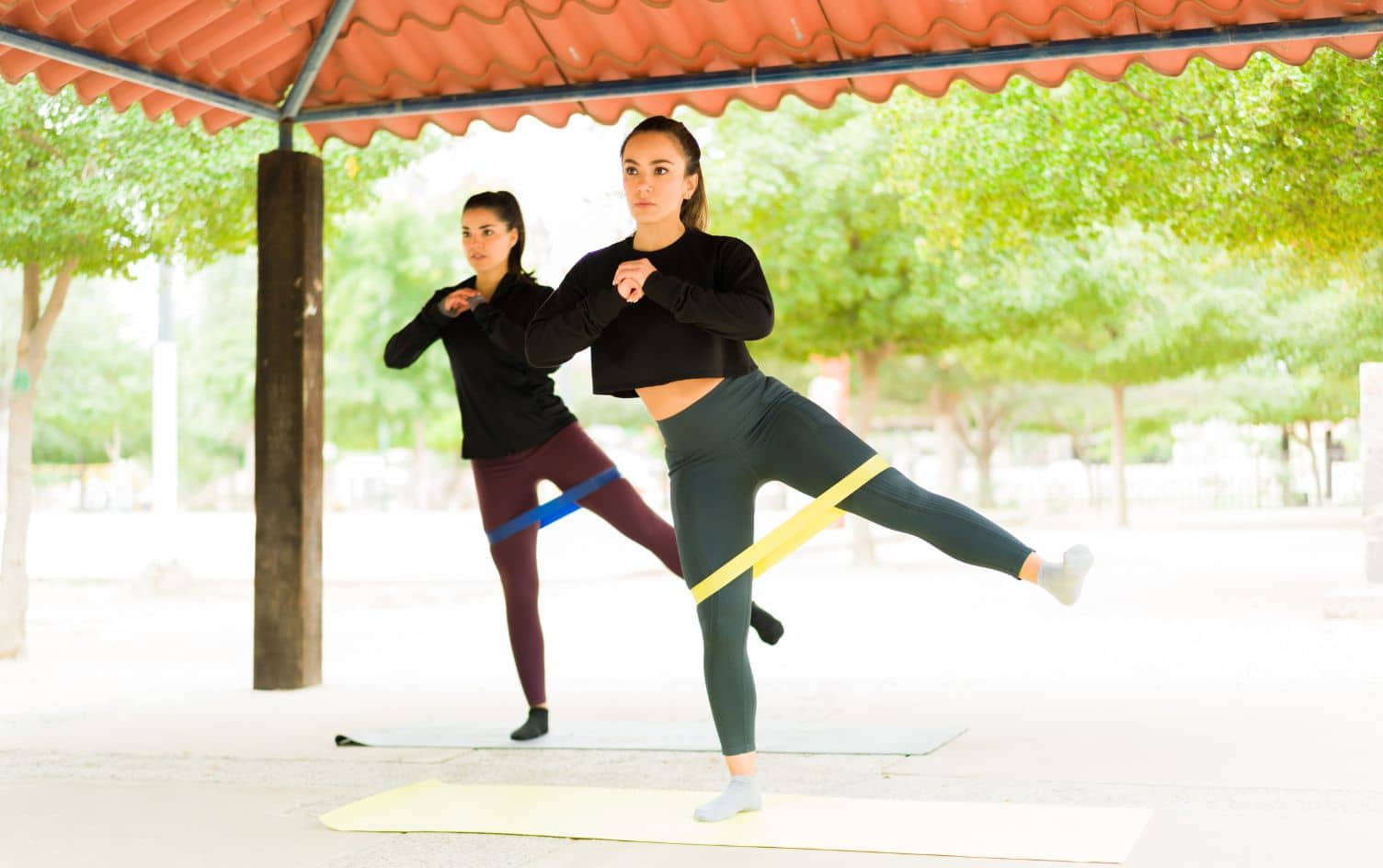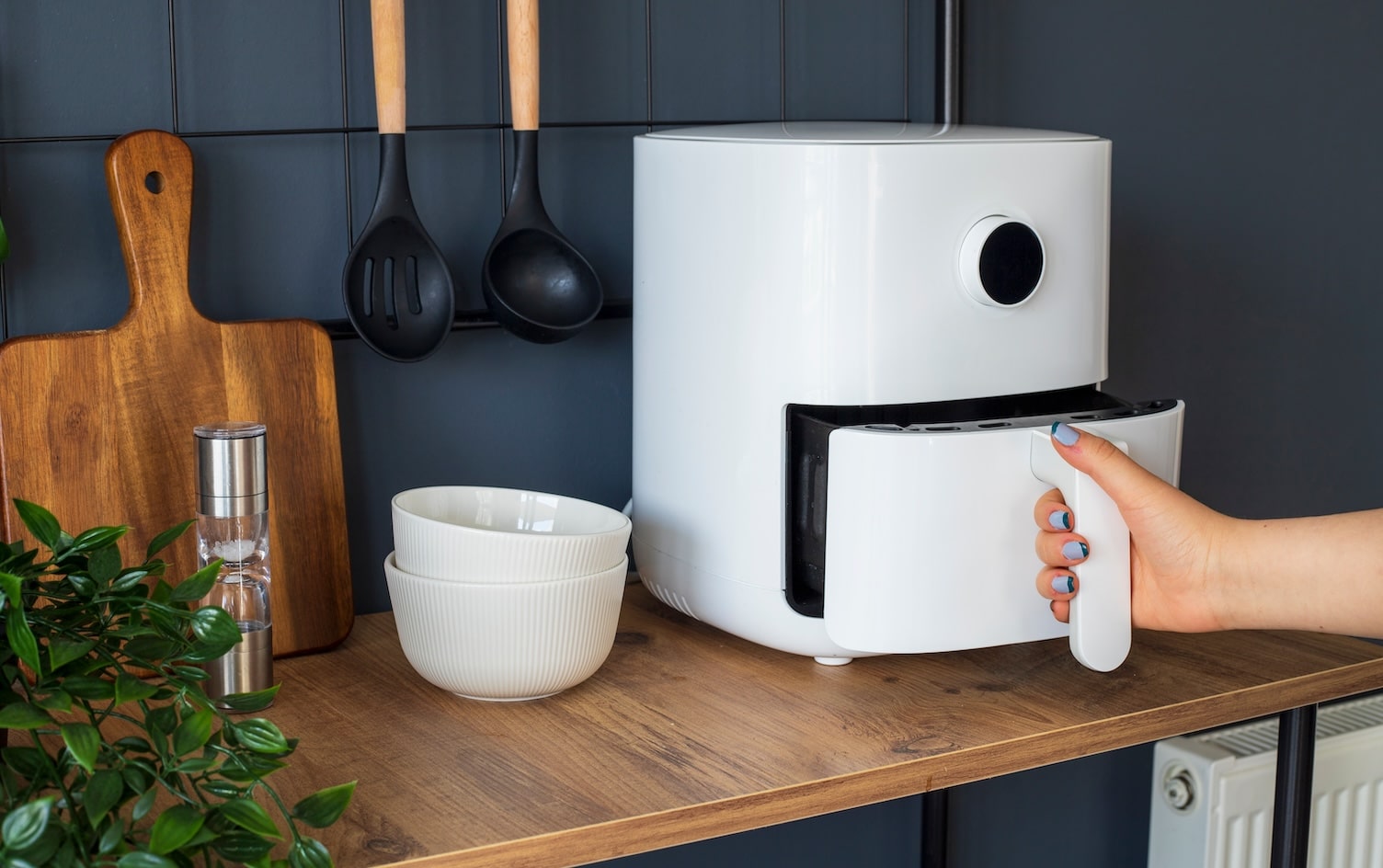These days, most people have heard of body positivity, especially anyone interested in health and wellness. There are even body-positive gyms and workouts cropping up worldwide, which offer safe spaces for those who might not otherwise feel safe or comfortable in a fitness setting.
But a concept called body neutrality is gaining traction, and there’s an important reason why: “Body positivity and body shaming can be two sides of the same coin,” explains Krista Martins, Founder and CEO or Wukkout!, a Caribbean dance fitness workout, which uses body-neutral instruction in classes. “In both of these circumstances, how we feel internally is being determined by what we think of ourselves externally.”
Body positivity and body shaming are both grounded in comparing yourself to a standard ideal, Martins points out. “Body neutrality says ‘the beauty standard is irrelevant to how I feel about myself.’”
In contrast to fitness focused on weight loss, getting a “summer body” or making certain muscles pop, body neutral fitness focuses on function over form. So, you might prioritize getting a stronger upper body instead of losing “arm flab,” for example.
Another way to look at body neutrality, according to Helen Phelan, founder of Helen Phelan Studio, is that it’s meant to separate your worth from your body. For some, it’s more accessible than the idea of actively being positive about your body, Phelan says. “It’s a middle ground that allows you to put the focus on who you are as a person versus what your container is.”
When it comes to your health and fitness, there are quite a few benefits to taking a neutral approach to how your body looks.

Martins, who uses a body neutral framework in her classes, says her clients benefit from it immensely. “They feel they can truly let go and be themselves without shame and as a result, are actually able to achieve their goals ‘without even realizing it’ (as many of them have expressed to me) — because they don’t feel the pressure of trying to look like someone else,” she says.

“When you work out with the goal to make your body look a certain way, you’re essentially punishing yourself for not looking that way currently,” Phelan explains. This can make workouts painful mentally. But when you practice body neutrality, you’ll find other reasons to work out: to be able to carry your kid, build more energy or feel stronger, for example.
“There’s a lot of evidence that when you do physically challenging things, you’re sending these messages to your brain that you are mentally strong,” Phelan explains. “That bleeds over into all the other areas of your life, and builds your resilience.” The benefits of that, she argues, far outweigh the benefits of changing what your body looks like. “If you know that you’re building resilience and making yourself an all-around better person, that’s really exciting and is way more motivating in my book than pushing for ‘10 more calories.’”
READ MORE > ON THE JOURNEY TOWARD BODY ACCEPTANCE

“When we dilute fitness into something that simply helps us lose weight, we often skip out on other important aspects of health and performance: eating enough and resting enough,” points out Annie Calhoun, a body-neutral certified nutritional therapy practitioner and certified personal trainer. “Nine out of 10 times, a client will come to me severely under-eating and over-exercising, resulting in fatigue, weakness, stalled progress, hormonal imbalances, digestive issues, frequent injuries and many other complications,” Calhoun says. “But when they work together to shift the focus to a place of properly fueling and recovering sufficiently, performance goes through the roof!”

“If you’ve ever held back from doing a certain style of workout, going to a class or setting a specific goal because of your body and how it looks, body neutrality can allow you to do all of those things,” says Kourtney A. Thomas, a body-neutral certified strength and conditioning coach. “Essentially, when you’re not obsessively thinking about your body all the time, you can actually live in it and do things with it!”

Many people have an idealized version of themselves they strive to reach again. Maybe it’s their high school weight, pre-wedding body or pair of jeans they used to be able to wear. But these past versions of ourselves can bring up shame about where we currently are, which can make it harder to feel good about the body we’re currently in. “Body neutrality can allow you to let go of whatever previous version of yourself you put up on a pedestal, which is a very common challenge in the fitness world,” Thomas explains. “It releases the pressure of external standards and meeting societal ideals that might not be a fit for you. It can be the path to being more present in life, not striving for some past or future self.”
Interested in approaching fitness from a body-neutral perspective? Here’s how to get started:
Thomas emphasizes practicing body neutrality is a process, but starting with awareness is key. “Notice when you’re judging your body, when you’re using descriptors that attach positive or negative value to your body or your physical abilities,” she recommends. “Then, visualize shifting into neutral.” That might look like looking in the mirror and saying “this is me today,” or neutrally restating your positive or negative thoughts.
One of the cornerstones of body-neutral fitness is to find a workout you actually enjoy, Phelan says. “It’s not going to work if you’re forcing yourself to do cycling and you really like dance cardio, for example.” It may take some trial and error to figure out which workouts are fun for you, which trainers or instructors you vibe with, and so on. “Be patient in allowing yourself the time to figure out what the style of fitness is going to work for you. And it might not even be a traditional boutique class experience,” Phelan points out. “It might be just building more walks into your day or getting up and stretching.”
One thing that can really help people see their bodies more neutrally is to ensure you’re seeing all different types of bodies in your social media feeds, workout classes and other parts of your life. “It’s like exposure therapy because you see that there’s other stuff out there,” Phelan explains. Otherwise, we can get caught in a bubble of lean, muscular bodies that fit the traditional beauty ideal. It can also be helpful to seek trainers and other wellness professionals who don’t necessarily fit the “ideal” themselves.
Setting goals that aren’t based on appearance or weight can be tricky if you haven’t done it before, but once you get the hang of it, you’ll be coming up with new goals left and right. “Set goals that are based on what your body can do rather than how you can manipulate it into something that it is not,” Calhoun suggests. “Maybe you want to hit a PR on your deadlift, hike ‘X’ many miles or hit a difficult yoga pose. Set goals that inspire you to grow rather than guilt you into change.”
Unlock an experience that’s like having a dietitian, trainer and coach at your fingertips. Sign up for Premium for expert guidance and tools to help you reach your personal health goals.




